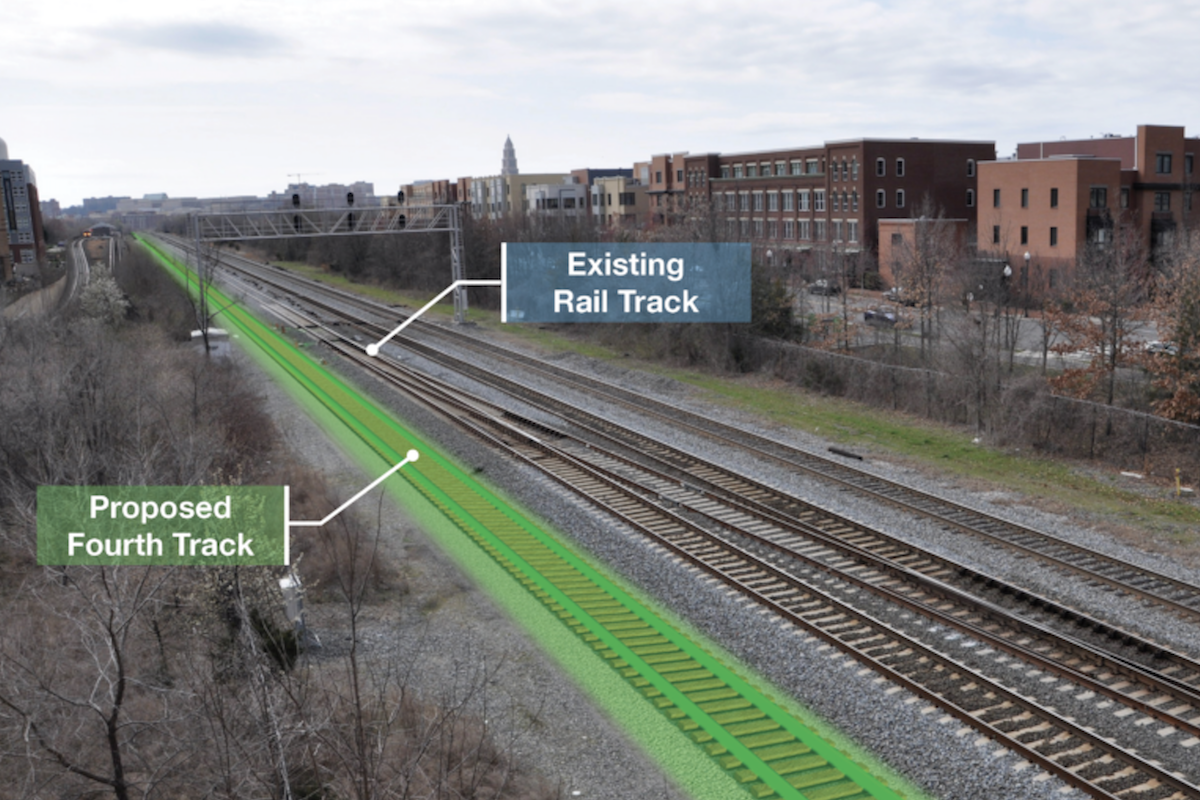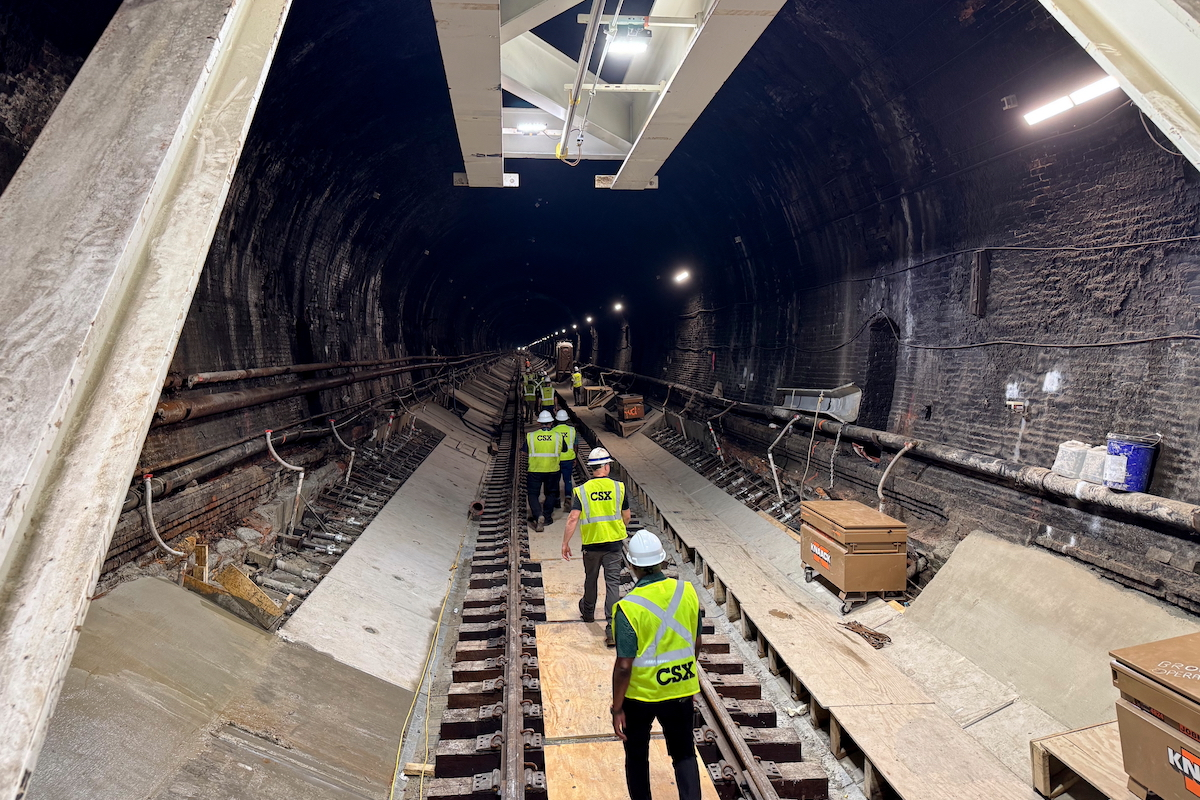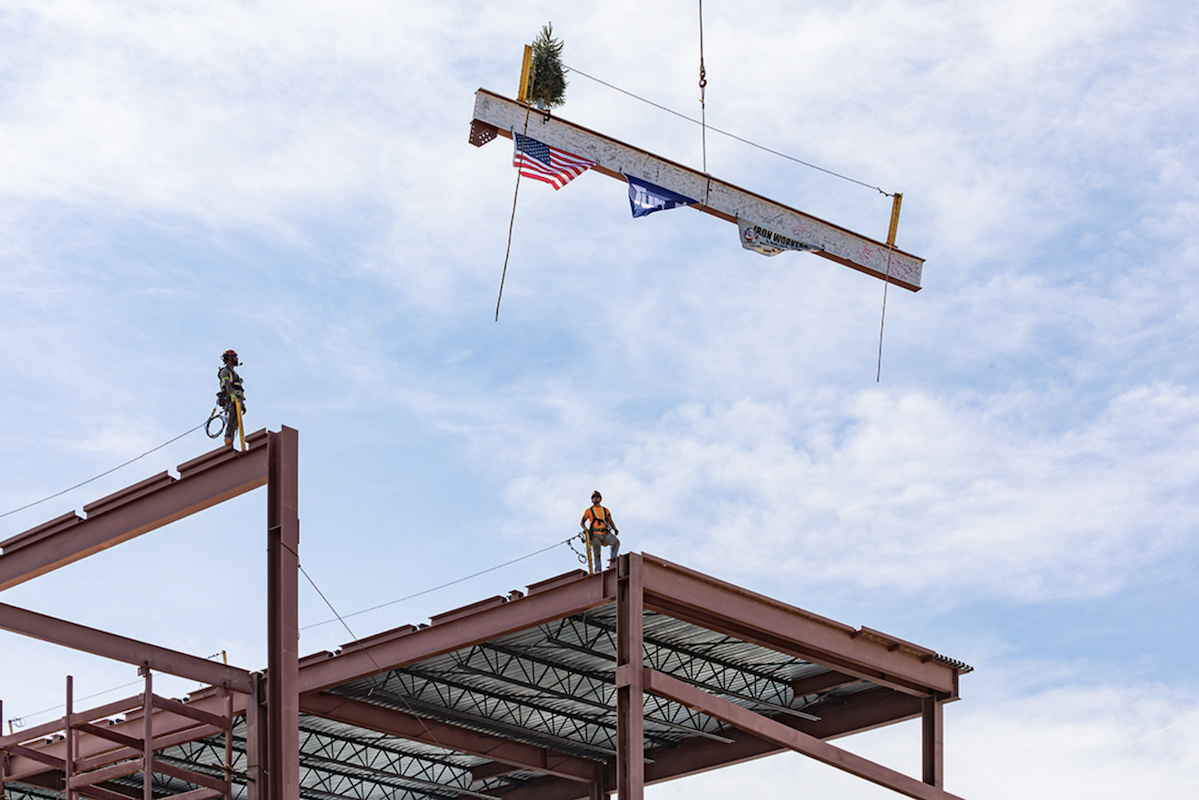The project, which received $30 million from the Fiscal Year 2022 Consolidated Appropriations Act signed by President Biden on March 15, 2022, will restore seven miles of instream habitat; open four miles for fish passage; and connect 14 miles of stream to previously restored stream reaches.
Initial construction is expected to begin in late spring 2023 and will focus on the replacement of a pedestrian bridge that will be aligned perpendicular to the flow of the Northwest Branch.
"We're proud to have a strong partnership with Prince George's County DoE, as we work together to move forward this important restoration effort," said Baltimore District Commander Col. Estee Pinchasin. "As one of the most urbanized watersheds within the Chesapeake Bay, the execution of this Project Partnership Agreement brings us one step closer to ensuring substantial environmental improvements are made for our habitat and communities.”
USACE has coordinated the federal effort to restore the watershed since the early 1990s, as part of their duties within the Anacostia Watershed Management Committee. In February 2010, USACE, in cooperation with local resource agencies, completed the Anacostia River Watershed Restoration Plan, which identified more than 3,000 projects for implementation and has since led to follow-on watershed ecosystem restoration studies in Prince George’s and Montgomery counties in Maryland.

| Your local Wirtgen America dealer |
|---|
| Dobbs Equipment (SC) |
“Prince George’s County is excited to continue its partnership with USACE on this important stream restoration and habitat improvement project,” said County Executive Angela Alsobrooks. “This partnership will ensure our commitment to restoring and protecting our water quality and the environment by working toward a cleaner, healthier Anacostia River.
The greater Anacostia River watershed encompasses approximately 176 square miles in Montgomery and Prince George’s counties, Maryland; and the District of Columbia. Human development and alteration in the watershed have led to severe stream habitat damage, including excess sediment and erosion, physical blockages for fish movement, poor water quality, and loss of wetlands and forests along the Anacostia River.





































































